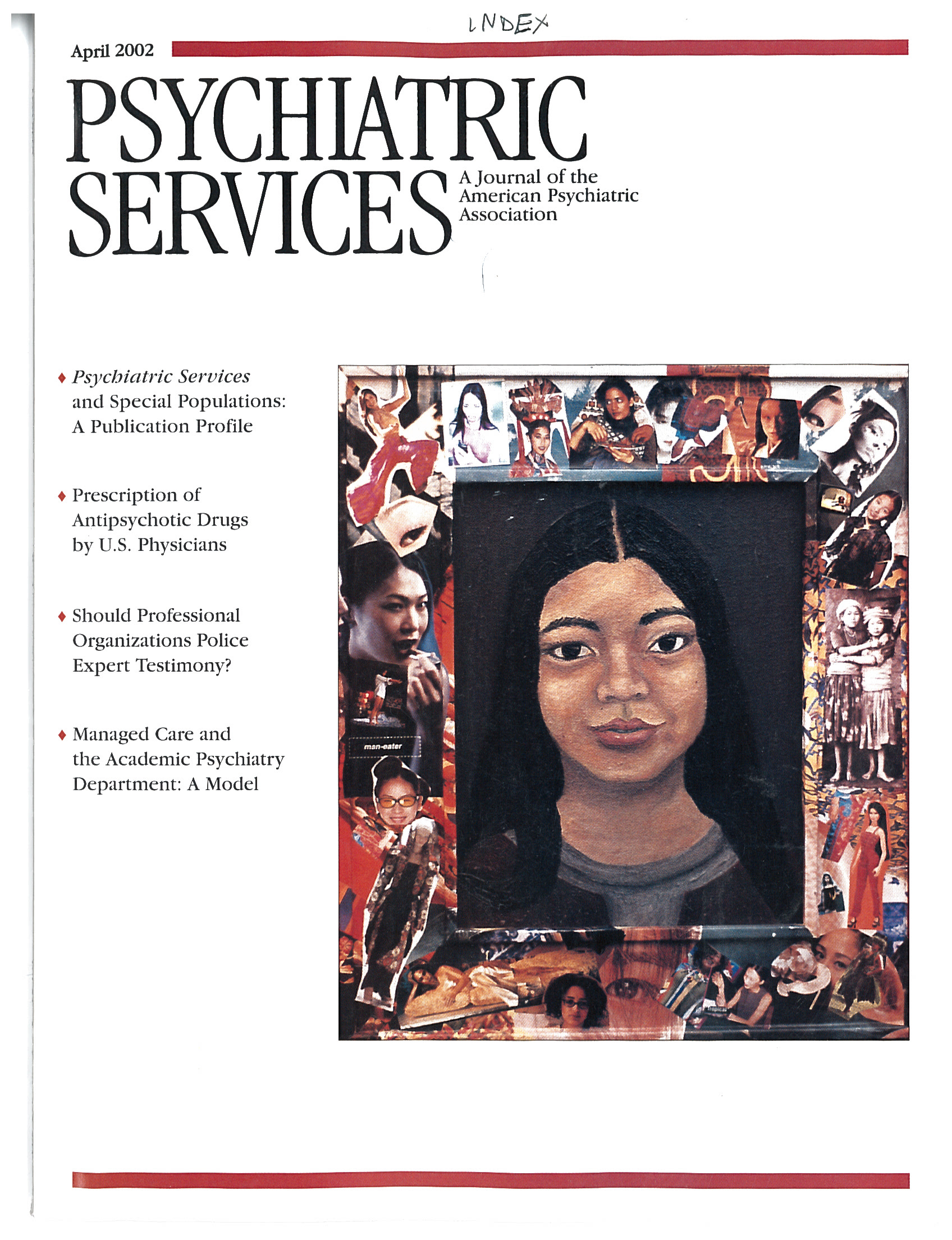Factors Influencing Care Seeking for a Self-Defined Worst Panic Attack
Abstract
OBJECTIVE: Only 60 percent of persons who experience panic attacks seek treatment for them, many at the emergency department. The author documented care-seeking behaviors among persons living in the community who had experienced panic attacks and studied determinants of care seeking. METHODS: In-depth structured interviews were conducted with 97 randomly selected community-dwelling adults who met DSM-III-R criteria for panic attacks. Participants were asked whether they had contemplated using or had actually used medical, alternative, and family sources of care when they had experienced their worst attack. RESULTS: Seventy-seven participants (79 percent) had considered using a general medical or mental health site when they experienced their worst attack. Of these, 50 (52 percent) had actually used such a site. General medical sites were contemplated more often (72 percent of participants) than mental health sites (27 percent), particularly emergency departments (43 percent) and family physicians' offices (34 percent). Other sources, such as friends or family members, alternative sites, and self-treatment, were contemplated less often. Once contemplated, certain sources were readily used, such as ambulances, family members, and self-treatment. Several factors were significantly associated with whether a person contemplated seeking care: access or barriers to treatment, perception of symptoms and of the reasons for the panic attack, and family-related variables. CONCLUSIONS: Contemplation and use of a mental health site after a panic attack was rare among the participants in this study. Further study of determinants of care seeking may help explain why persons who experience panic attacks fail to seek treatment or seek treatment from non-mental health sources.



